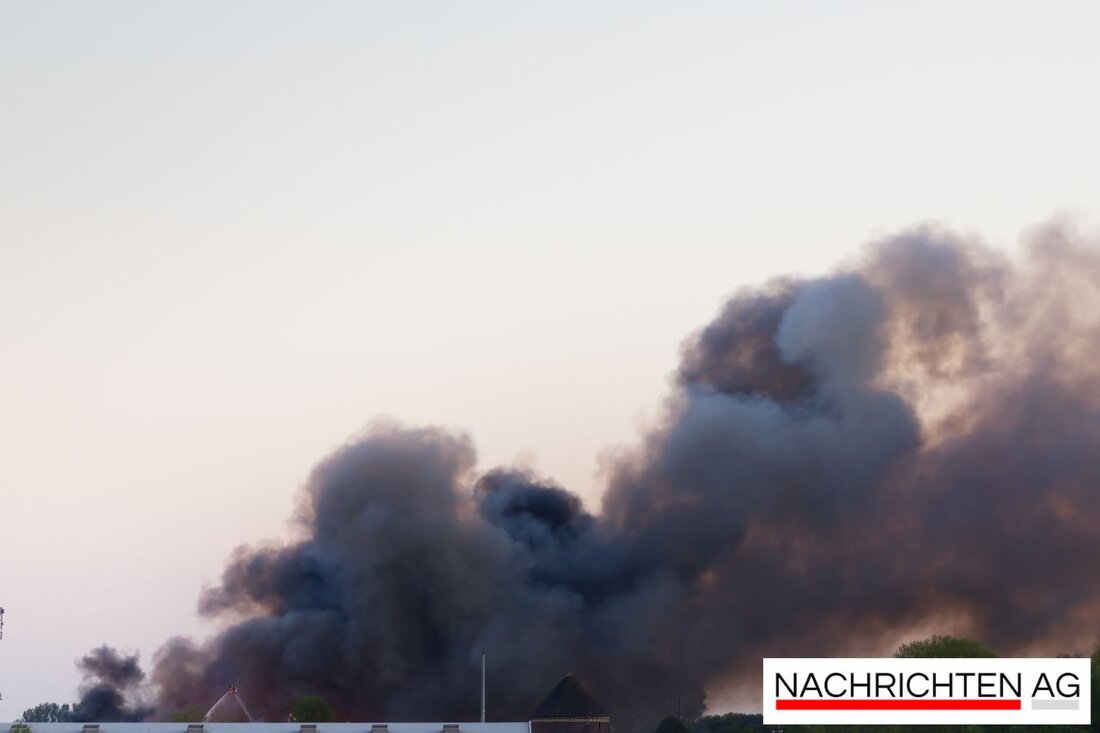Midsummer forest fire danger: Brandenburg's ecological powder keg!
Brandenburg is struggling with a high risk of forest fires due to areas contaminated with ammunition. Current situation and challenges at a glance.

Midsummer forest fire danger: Brandenburg's ecological powder keg!
In Brandenburg, the risk of forest fires is currently particularly high, especially in the hot season, where dangerous conditions occur. Persistent drought and low rainfall are promoting this dangerous situation. The Brandenburg Ministry of Agriculture, Food, Environment and Consumer Protection (MLEUV) publishes current assessments of the risk of forest fires every day between March 1st and September 30th. There is currently smoke in various places in the region, where the forest fire season begins on March 1st and lasts until autumn. While many smaller forest fires occurred in 2024, there have been no major, devastating incidents so far. But the major fire that raged on a military wasteland near Jüterbog in June 2023 and could only be extinguished after two weeks will not be forgotten.
Brandenburg is also the federal state in Germany most affected by old ammunition. Around 300,000 hectares of forest area contaminated with munitions pose a significant challenge in fighting fires - over a third of the total forest area in the state is affected. Not only are these areas faced with the risk of spontaneous combustion, which is increasing due to the weathering of old ammunition, but the fire brigade must also maintain a minimum distance of 500 meters from areas contaminated with ammunition. The national project ERWIN aims to analyze the problems surrounding these dangers and develop appropriate recommendations for action.
The explosive challenge
The combination of forest fires and areas contaminated with ammunition is particularly complicated in Brandenburg. Spontaneous ignition of old ammunition led to fires on 851 hectares of forest in 2019, which accounted for 63% of the total forest fire area that year. The vegetation structure on former military areas promotes the rapid spread of fire and presents the emergency services with immense challenges. Incidents from last year in Treuenbrietzen show that the problem is urgent. Firefighters in Jüterbog were only able to keep fire protection strips moist because there was a risk that the flames would spread to inaccessible sources of fire. These circumstances require quick action and preventive measures, such as early disposal of explosive ordnance in accessible areas.
- Brandenburg hat etwa 575.000 Hektar (20 %) seiner Fläche als kampfmittelverdächtig klassifiziert.
- Von den 300.000 Hektar Waldfläche ist ein Großteil schwer zugänglich für die Feuerwehr.
- Um die Brandbekämpfung effektiv zu gestalten, sind regelmäßige Wartungen von Wegen und Löschwasserentnahmestellen unabdingbar.
- Das Land gibt jährlich bis zu 5 Millionen Euro für die Arbeit des Kampfmittelbeseitigungsdienstes (KMBD) aus.
A remarkable fact: All ten of the largest forest fires since 2002 occurred exclusively in areas contaminated with ammunition. In 2022, for example, 490 tons of ordnance were found and destroyed - ranging from more than 3,000 melee weapons to thousands of grenades and mines. The security situation is also a financial challenge for the country, which has placed great emphasis on demunitioning and clearing areas at risk since 2002.
Before a fire can be extinguished in an affected region, considerable preparatory work often has to be carried out. The challenge of removing the old, potentially explosive materials is complex and expensive - estimated costs are at least one euro per square meter. These aspects increase the pressure on the resources of those responsible and the explosive ordnance disposal program is estimated to cost around 700 million euros for over 1,800 areas, including several hundred hectares of forest.
Brandenburg is required to make smart political and practical decisions to ensure the safety of its population and the health of its forests. The focus is on preventive projects such as ERWIN as well as the tireless efforts of the fire department and explosive ordnance disposal services. Time is of the essence and it is clear to the emergency services: the combination of extreme weather and contaminated sites is an explosive mixture.
For further information on current developments and measures in Brandenburg, please click on MAZ, [FNR].

 Suche
Suche
 Mein Konto
Mein Konto